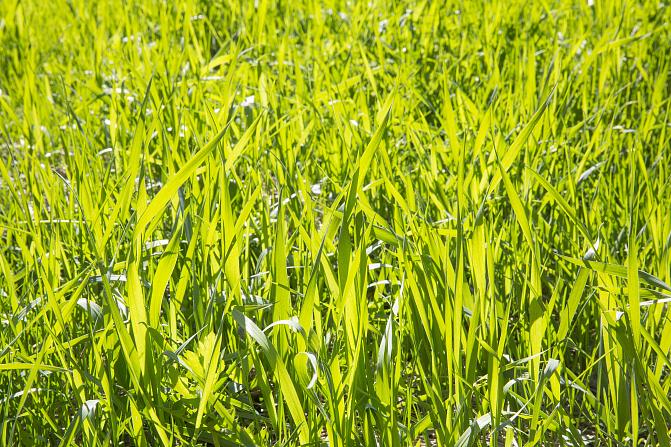
Climate actions in the land use sector – assessment of the reduction potential of greenhouse gas emissions
On this page
The climate plan for the land use sector as defined in Prime Minister Sanna Marin’s Government Programme is expected to be completed during the spring of 2022. The planned actions seek a climate impact of at least three million tonnes of carbon dioxide equivalents by 2035. To support the preparation, Luke has produced information on ways to reduce emissions, maintain carbon stocks and strengthen carbon sinks in the land use sector. The assessment also considers the impact of potential actions on biodiversity, ecosystem services and the profitability of activities.
Climate actions also have an impact on biodiversity and profitability
In the land use sector, the most significant emissions reductions can be achieved in peat fields by changing the processing of fields and in peatland forests by continuing silviculture in place of clear cutting. Wood ash fertilisation will strengthen the carbon sinks of peatland forests for decades.
The carbon sinks of forests can be increased by establishing new conservation areas, and increasing the number of retention trees and the proportion of long-life wooden products in the forest industries’ production structure.
Many climate actions in the land use sector, especially in peatlands, can also improve biodiversity and reduce the environmental loading caused by agriculture and forestry. The management of mineral soil fields, the fertilisation of forests and emissions reductions in soil in peatland forests can also advance the financial profitability of production.
“Significant emissions savings can be achieved over relatively small areas by 2035 simply by changing the processing of peat fields. In contrast, equally effective climate actions on mineral soil fields would require changes in cultivation methods and additional annual subsidies over almost the entire utilisable agricultural area,” says Aleksi Lehtonen, associate professor at Luke.
Emissions savings call for changes in subsidy systems
A working group established by the Ministry of Agriculture and Forestry has proposed changes to the subsidy system for peatland forest management, as the current subsidies do not offer sufficient encouragement for climate actions. However, Luke’s review states that the working group’s proposal is still largely based on the promotion of wood production.
“Subsidies could be directed at the transfer to continuous cover forestry when such a transition produces significant climate, water and other environmental benefits, while causing losses of income or other additional costs for landowners,” says Esa-Jussi Viitala, senior scientist at Luke.


Publications
Lehtonen, A., Aro, L., Haakana, M., Haikarainen, S., Heikkinen, J., Huuskonen, S., Härkönen, K., Hökkä, H., Kekkonen, H., Koskela, T., Lehtonen, H., Luoranen, J., Mutanen, A., Nieminen, M., Ollila, P., Palosuo, T., Pohjanmies, T., Repo, A., Rikkonen, P., Räty, M., Saarnio, S., Smolander, A., Soinne, H., Tolvanen, A., Tuomainen, T., Uotila, K., Viitala, E.-J., Virkajärvi, P., Wall, A. & Mäkipää, R. 2021. Maankäyttösektorin ilmastotoimenpiteet: Arvio päästövähennysmahdollisuuksista. Luonnonvara- ja biotalouden tutkimus 65/2021. Luonnonvarakeskus. Helsinki. 122 s. http://urn.fi/URN:ISBN:978-952-380-275-9
Viitala, E.-J., Assmuth, A., Koikkalainen, K., Miettinen, A., Mutanen, A., Wall, A., Wejberg, H. & Lehtonen, H. 2022. Maa- ja metsätalouden kannustinjärjestelmien ilmastovaikutukset. Luonnonvara- ja biotalouden tutkimus 21/2022. Luonnonvarakeskus. Helsinki. 97 s. http://urn.fi/URN:ISBN:978-952-380-388-6
